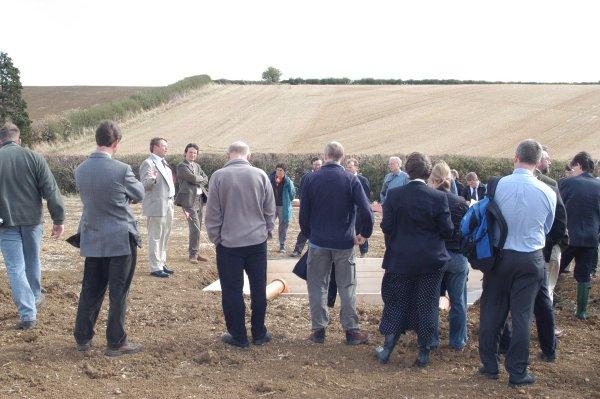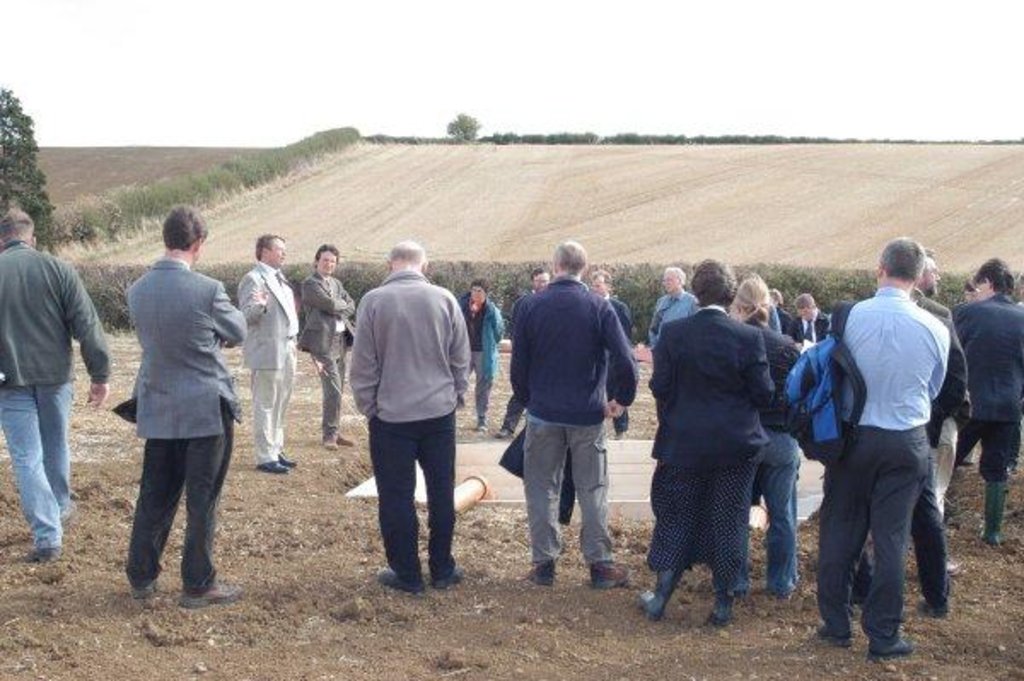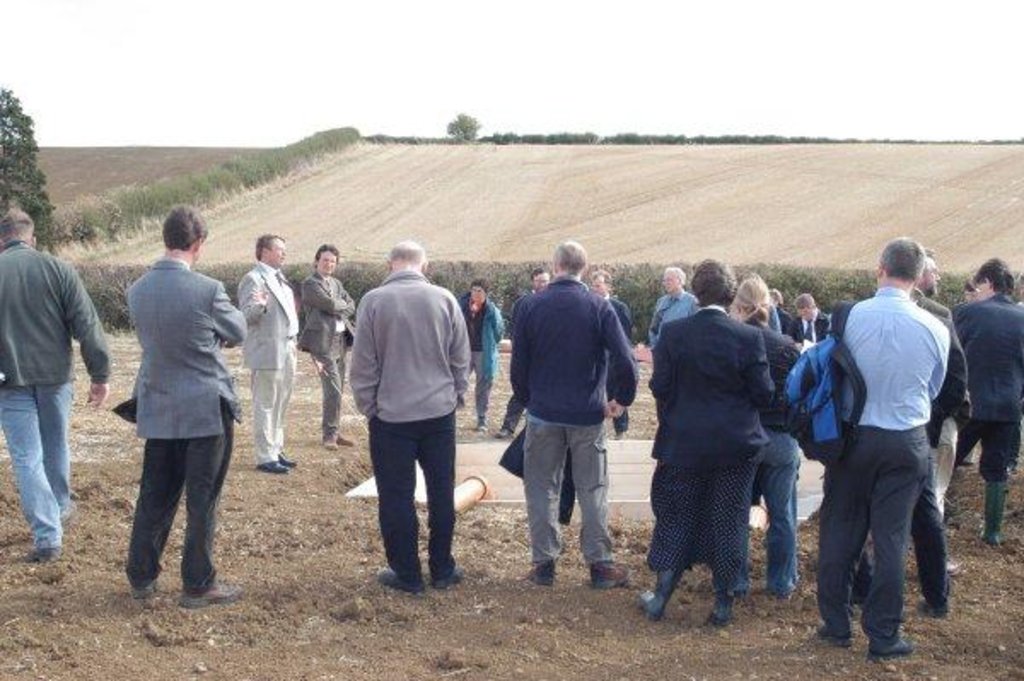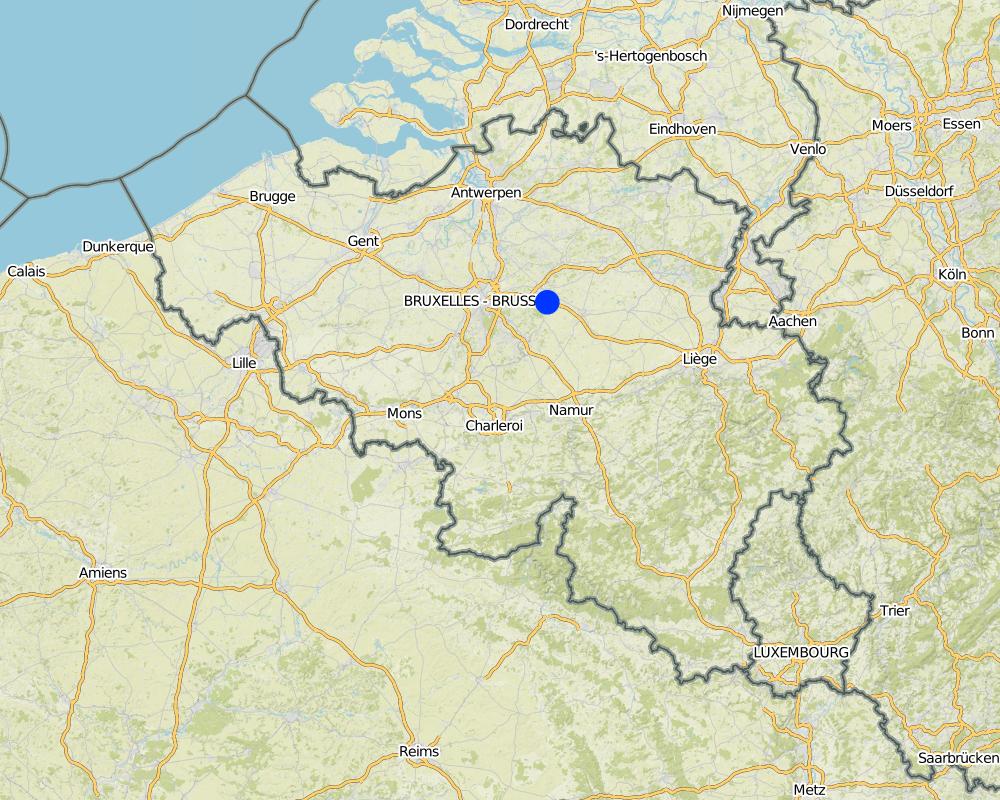Introduction of conservation agriculture in a highly mechanised agricultural system [比利时]
- 创建:
- 更新:
- 编制者: Unknown User
- 编辑者: –
- 审查者: Fabian Ottiger
approaches_2556 - 比利时
查看章节
全部展开 全部收起1. 一般信息
1.2 参与方法评估和文件编制的资源人员和机构的联系方式
关键资源人员
SLM专业人员:
Gillijns Katleen
Cath. University Leuven
Oude Markt 13, 3000 Leuven
比利时
SLM专业人员:
Govers Gerard
gerard.govers@ees.kuleuven.be
Cath. University Leuven
比利时
有助于对方法进行记录/评估的项目名称(如相关)
Soil and water protection (EU-SOWAP)有助于对方法进行记录/评估的机构名称(如相关)
Catholic University of Leuven (KU Leuven) - 比利时1.3 关于使用通过WOCAT记录的数据的条件
编制者和关键资源人员接受有关使用通过WOCAT记录数据的条件。:
是
1.4 SLM技术问卷的参考
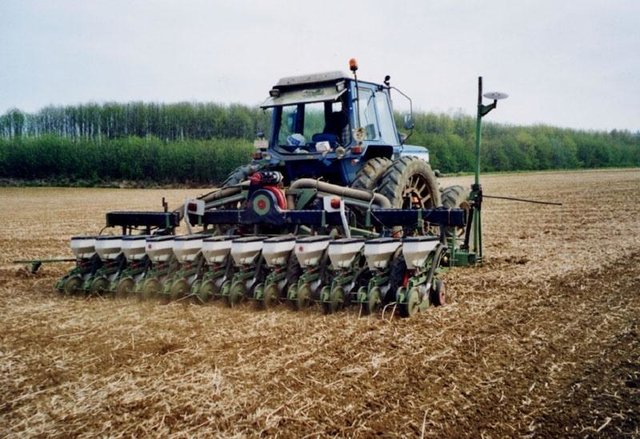
Non-inversion deep cultivation [比利时]
The technology consists of the use of cover crops and of a non-inversion seedbed preparation.
- 编制者: Unknown User
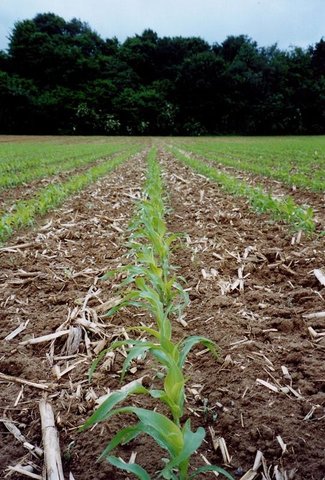
Non-inversion shallow cultivation [比利时]
The technology consists of the use of cover crops and of a non-inversion seedbed preparation
- 编制者: Unknown User
2. SLM方法的描述
2.1 该方法的简要说明
Combination of 'dissemination of the SWC technology 'non-inversion tillage'' and research.
2.2 该方法的详细说明
该方法的详细说明:
Aims / objectives: To demonstrate the feasibility and stimulate the adaption of conservation tillage to the farmers.
Methods: (1) Collection of scientific data on farmer fields (yield and sediment production) and (2)intensive communication and discussion with farmers. Farmers are involved in the early stages of the project: also the local government and SWC specialists are target groups.
Stages of implementation: The project ( & approach) started in 2001. Every year, data is gathered at +- 15 fields of 10 farmers. The majority of the farmers have a positive attitude towards the approach. There is cooperation with other projects and with research institutes in the U.K. and Hungary. (They are working on the same project).
Other important information: Several times a year the information is communicated to other farmers through field visits and media.
2.3 该方法的照片
2.5 采用该方法的国家/地区/地点
国家:
比利时
有关地点的进一步说明:
Flanders
Map
×2.6 该方法的开始和终止日期
注明开始年份:
2001
终止年份(若不再采用该方法):
2006
2.7 方法的类型
- 基于项目/方案
2.8 该方法的主要目的/目标
The Approach focused on SLM only
to overcome the problems listed in QA2.1.3.3 and to demonstrate (see question 2.1.1.2)
The SLM Approach addressed the following problems: Insufficient knwoledge on the SWC technology and their impact on ecology and economy.
2.9 推动或妨碍实施本办法所适用的技术的条件
社会/文化/宗教规范和价值观
- 阻碍
fields are not 'clean', lack of knowledge of the technology
Treatment through the SLM Approach: demonstrating the benefits of the SWC technology
财务资源和服务的可用性/可得性
- 阻碍
benefits can only be seen in the long term, farmers are afraid that the yields will be less
Treatment through the SLM Approach: making a cost-benefit analysis, sharing the risk with the farmer
了解SLM,获得技术支持
- 阻碍
for some operations special machinery is needed
Treatment through the SLM Approach: working together with other farmers with agricultural contractors
3. 相关利益相关者的参与和角色
3.1 该方法涉及的利益相关者及其职责
- 当地土地使用者/当地社区
Working land users were mainly men (Most of the farmers in Belgium are men.)
- SLM专家/农业顾问
- 研究人员
3.2 当地土地使用者/当地社区参与该方法的不同阶段
| 当地土地使用者/当地社区的参与 | 指定参与人员并描述活动 | |
|---|---|---|
| 启动/动机 | 无 | workshops/seminars; The aims and planning of the project were discussed with a small group of farmers. |
| 计划 | 无 | workshops/seminars; idem |
| 实施 | 无 | responsibility for major steps; Farmers were implementing the new SCW technology with advice from researchers. |
| 监测/评估 | 无 | public meetings; Pro's and contra's of the technology is duscussed with farmers. |
| Research | 无 | Farmers are informed about the obtained research results. |
3.4 有关SLM技术选择的决策
具体说明谁有权决定选择要实施的技术:
- 主要是土地使用者,由SLM专家提供支持
解释:
Decisions on the method of implementing the SLM Technology were made by mainly by land users supported by SLM specialists
4. 技术支持、能力建设和知识管理
4.1 能力建设/培训
是否为土地使用者/其他利益相关者提供培训?:
是
明确受训人员:
- 土地使用者
- SWC specialists, planners
培训形式:
- 在职
- 农民对农民
- 示范区域
- 公开会议
涵盖的主题:
problems of soil erosion - practical issues about new technology.
4.2 咨询服务
土地使用者有权使用咨询服务吗?:
是
4.3 机构强化(组织发展)
是否通过这种方法建立或加强了机构?:
- 否
4.4 监测和评估
监测和评估是该方法的一部分吗?:
是
注释:
bio-physical aspects were regular monitored through measurements
technical aspects were ad hoc monitored through observations
economic / production aspects were regular monitored through measurements; indicators
no. of land users involved aspects were ad hoc monitored through measurements
There were no changes in the Approach as a result of monitoring and evaluation
4.5 研究
研究是该方法的一部分吗?
是
明确话题:
- 经济/市场营销
- 生态学
提供进一步的细节,并指出是谁做的研究:
Collection of scientific data on farmer yields (yield and sediment production). This information is afterwards communicated to the farmers.
Research was carried out on-farm
5. 融资和外部物质支持
5.1 该方法中SLM组成部分的年度预算
注释(例如主要的资助来源/主要捐助者):
Approach costs were met by the following donors: international (EU-LIFE): 50.0%; other (SYNGENTA): 50.0%
5.3 对特定投入的补贴(包括劳动力)
- 无
如果土地使用者的劳动力是一项重要的投入,那么是不是:
- 以现金支付
注释:
Farmers were asked to split up a field: one part was conventional tilled and on the other part the SWC technology was applied. Farmers were paid for the extra work of splitting a field.
5.4 信用
是否根据SLM活动的方法给予信用值?:
否
6. 影响分析和结论性陈述
6.1 方法的影响
该方法是否帮助土地使用者实施和维护SLM技术?:
- 否
- 是,很少
- 是,中等
- 是,支持力度很大
Less soil is eroded through implementation of the QT.
There are no strong land use rights.
Did other land users / projects adopt the Approach?
- 否
- 是,很少
- 是,中等
- 是,支持力度很大
Some other projects in Belgium were setup with the same approach.
6.3 方法活动的可持续性
土地使用者能否维持通过该方法实施的措施(无外部支持的情况下)?:
- 是
6.4 该方法的长处/优点
| 编制者或其他关键资源人员认为的长处/优势/机会 |
|---|
| The combination of scientific research and direct interaction with farmers is a promising strategy to stimulate the adoption of conservation tillage. |
7. 参考和链接
7.1 方法/信息来源
- 实地考察、实地调查
- 与土地使用者的访谈
7.2 参考可用出版物
标题、作者、年份、ISBN:
SOWAP - project 2003-2006
可以从哪里获得?成本如何?
www.sowap.org
链接和模块
全部展开 全部收起链接

Non-inversion deep cultivation [比利时]
The technology consists of the use of cover crops and of a non-inversion seedbed preparation.
- 编制者: Unknown User

Non-inversion shallow cultivation [比利时]
The technology consists of the use of cover crops and of a non-inversion seedbed preparation
- 编制者: Unknown User
模块
无模块


